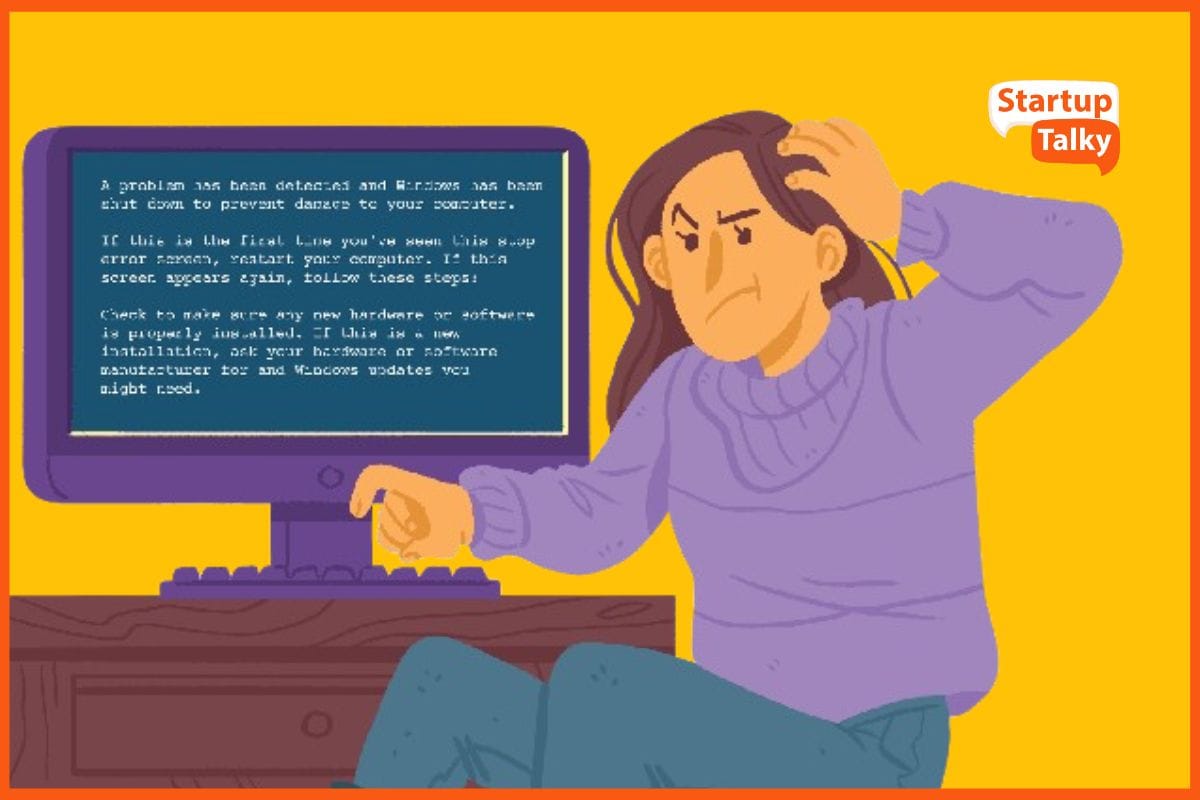Microsoft May Shortly Replace the Blue Screen of Death (BSOD)
Instead of the classic blue colour, frowning face and QR code, the new design features a streamlined screen that resembles the black screen that appears when Windows is updating.

Microsoft has said that it would be redesigning Windows 11's Blue Screen of Death (BSOD) error message. Instead of the classic blue colour, frowning face and QR code, the new design features a streamlined screen that resembles the black screen that appears when Windows is updating. It's unclear at this time whether the new BSOD will continue to appear as a black screen when Microsoft releases the update's final version. According to the blog post, Microsoft's team is now testing a new, more efficient user interface for unexpected restarts. This new interface fits better with Windows 11 design principles and advances the company's objective of resuming user productivity as quickly as feasible. It also stated, "We've made your experience easier while maintaining the technical information displayed on the screen."
Windows Insiders can Test the New Version
The new BSOD is available for Windows Insiders to test in beta, Dev, and Canary Channel test versions. However, before it is officially released as a black or blue screen, it will show up as a green screen in these test versions. This is the first significant alteration to the BSOD since Windows 8 when Microsoft added a dejected face to the screen. This updated design just says "your device ran into a problem and needs to restart" and incorporates the BSOD error or malfunctioning driver. In test builds of Windows 11 in 2021, Microsoft did briefly change the BSOD to a black screen before returning to the blue screen that had been in use since Windows 8.
Recent Developments of Microsoft India
An antitrust action against Microsoft for including its antivirus software with the Windows 10 operating system (OS) has been dropped by the Competition Commission of India (CCI). According to the regulator, there is no proof that Microsoft has imposed any limitations or requirements on customers' usage of the antivirus program Microsoft Defender. According to the ruling, customers are allowed to install and utilise whatever third-party antivirus software they like, free from contractual or technical restrictions. The Commission does not believe that Microsoft has violated any of the provisions of section 4 of the Competition Act. Section 4 of the Act forbids companies from abusing their position as the market leader.
When Microsoft debuted its Windows 10 operating system in 2015, the informant claimed in a complaint against the company that Microsoft Defender was pre-installed. According to the complaint, third-party developers may have their software pre-installed through agreements, but not pre-activated, because Windows devices are only permitted to have one default antivirus app. For an antivirus program to function, including to carry out automated background system scans—a key characteristic that sets antivirus software apart—it must be set as the default. It went on to say that the default antivirus program has access to crucial functions like automatic updates, real-time protection, and on-demand scanning, but third-party apps without default status cannot. Because of their incapacity to perform at their best, third-party antivirus programs may find it difficult to compete and may eventually be removed from devices.
Must have tools for startups - Recommended by StartupTalky
- Convert Visitors into Leads- SeizeLead
- Website Builder SquareSpace
- Manage your business Smoothly Google Business Suite





